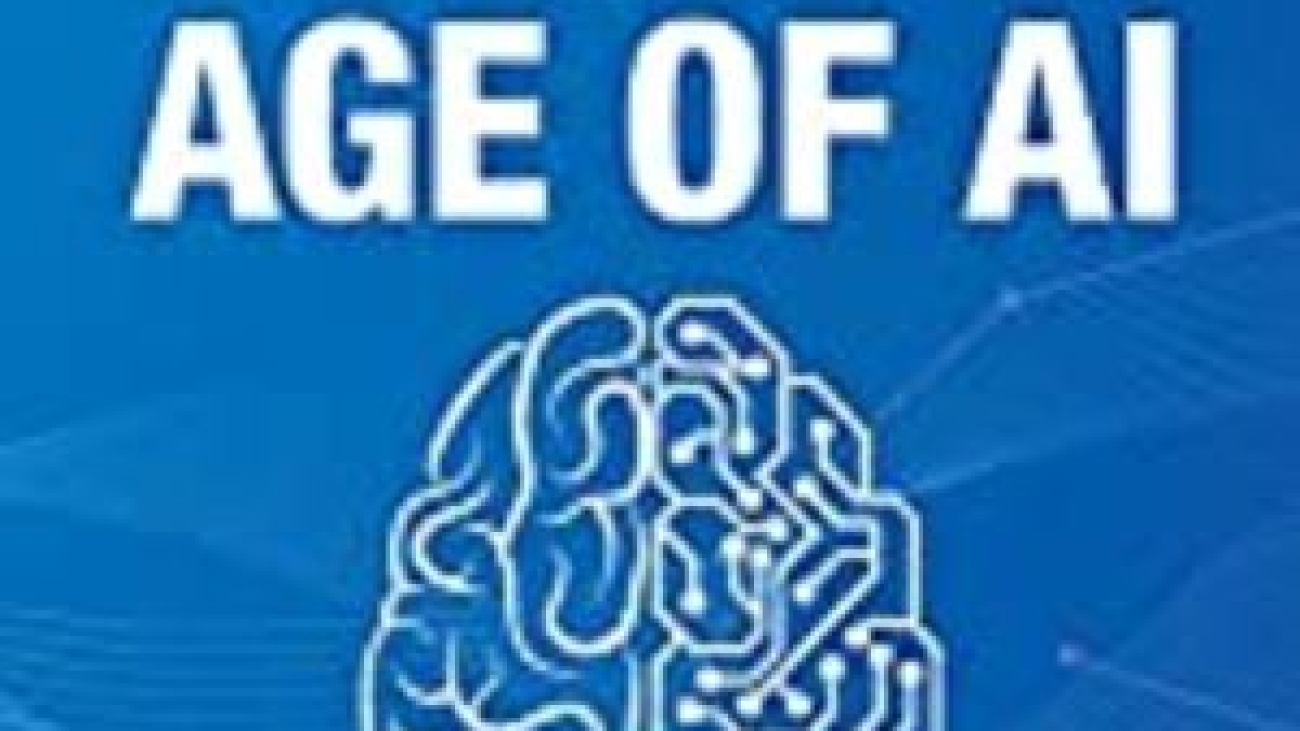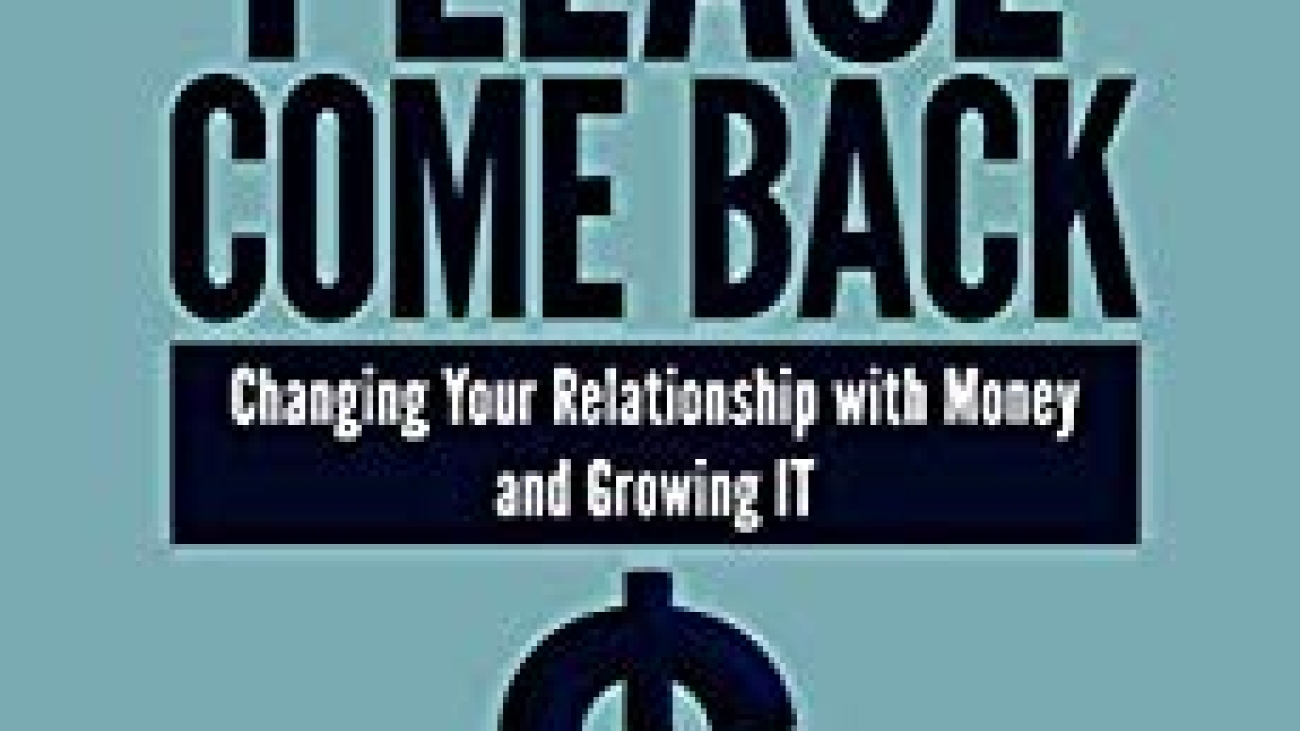Reviewed by Timea Barabas
Money Please Come Back: Changing Your Relationship with Money and Growing It by Jeremy Kho
Categories: Business, Education, Finance, How To, Inspiration, LIfestyle, Non-Fiction, Real Estate, Writing
Reviewed by Timea Barabas
Jeremy Kho came back with another significant book about how to manage your finances. Following The Journey from Poor Procrastinator to Invested Millennia, which encouraged the reader to take charge of his or her finances and become an active economic agent, Money Please Come Back takes things to the next level. This book works as an easy to read step by step guide toward reaching not just financial independence but freedom. Purchase here.
It is easy to get drawn in by the friendly and informal writing style of Jeremy Kho which is more reminiscent of a leisurely but informative conversation than a written text. Also, the financial terminology, which might scare away some, is used in a considerate manner followed by ample explanation and exemplification. The complexity of the economic system is presented in a structured and simplified way so that it can be easily assimilated by those who do not have a background in this domain. However, the most valuable part of the book is its practicality. While relying on a solid theoretical framework, the author put forward a series of steps to follow. The reader can easily act upon the advice presented in the book if he/she desires so. Needless to say, this does not imply that the road will necessarily be easy or risk-free, only that financial freedom is within reach for anyone.
Jeremy Kho encourages the reader to treat finances like any relationship. And as we all know, not all types of relationships are beneficial. The first step is to analyze and define it in order to gain an accurate image of the situation. Once you have a clear vision of where you currently are, you need to do the same with the future. Of course, there is a colorful variety of goals one can have, but the endgame should always be to break free of the shackles of financial strain and reach freedom.
Money Please Come Back was written by Jeremy Kho with the intention of passing on his academic and empirical knowledge. It will certainly prove a useful read for anyone who struggles with money-related issues. The main aim of the book is to help build a healthy relationship with one’s finances and what is more to reach freedom.
The Four Hats of Leadership by Drake E. Taylor
Book Reviewed by Dianne Woodman
Drake E. Taylor, an officer in the United States Air Force, advocates four types of hats that will help individuals become effective and successful leaders. The Preface is an excellent tool for drawing readers into The Four Hats of Leadership: Be Who Your People Need You to Be. The four types of hats are The Farmer’s Hat, The Drill Instructor’s Hat, The Psychologist’s Hat, and The Self-Care Hat. Taylor does an excellent job of providing an analogy between a farmer’s job and that of leading a team of people, describing the role of when it is appropriate to use the drill instructor’s hat in a civilian environment, the value of the psychologist hat and ways to help people with their emotional well-being, and the importance of the self-care hat for a leader’s mental health. Purchase Here.
The book focuses not only on the viability of utilizing the four hats in the military but also in the civilian environment. Black and white photographs and quotes from well-known individuals tie in beautifully with the subject matter in each hat section. Taylor explains how each hat serves a purpose in leadership and the benefits of incorporating them into a work environment. He provides many ideas and goes into detail about key principles needed to become an outstanding leader and the challenges facing anyone in a leadership position. Taylor interweaves his own personal experiences throughout the book, which reflect both his achievements and his missteps in his career path. These examples are invaluable for making the information more compelling and relatable. Unambiguous sentences lead to easy understandability for the reader. Words on a few pages are missing letters. However, readers can still easily decipher the words.
At the end of the book is a beneficial section titled “Leadership Library.” It includes a worksheet questionnaire that will enable organizations to learn pertinent information about individual employees. Also, there are several quotes that are applicable to leadership and self-care that can be used to motivate not only people in management positions but also their workers. This book is a useful tool for individuals either pursuing a leadership position or interested in incorporating these hats into their leadership job.


